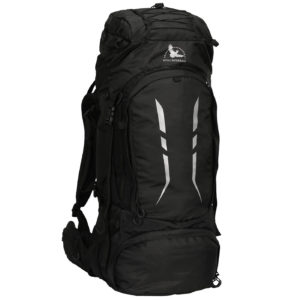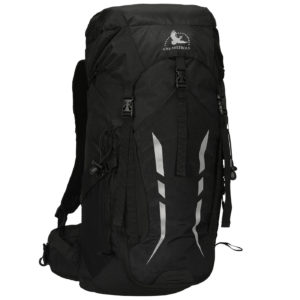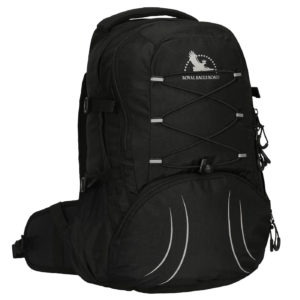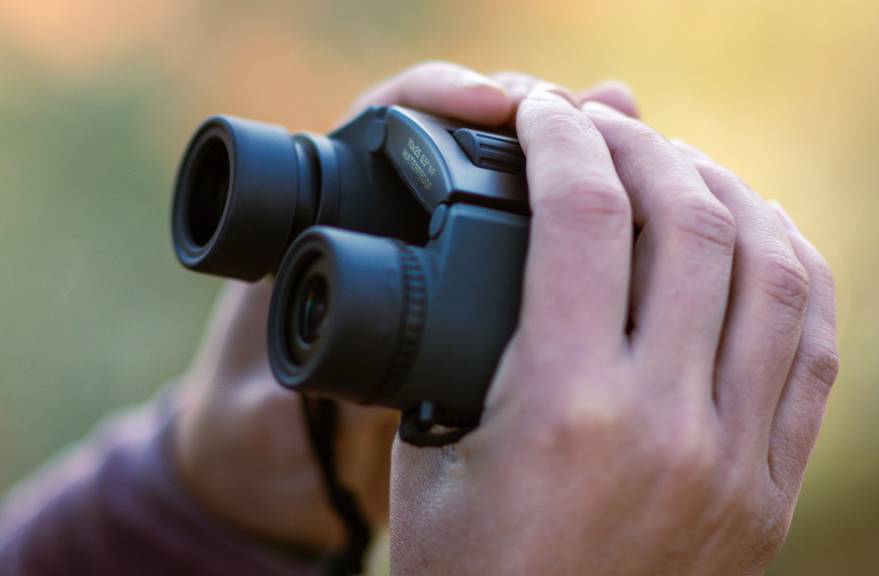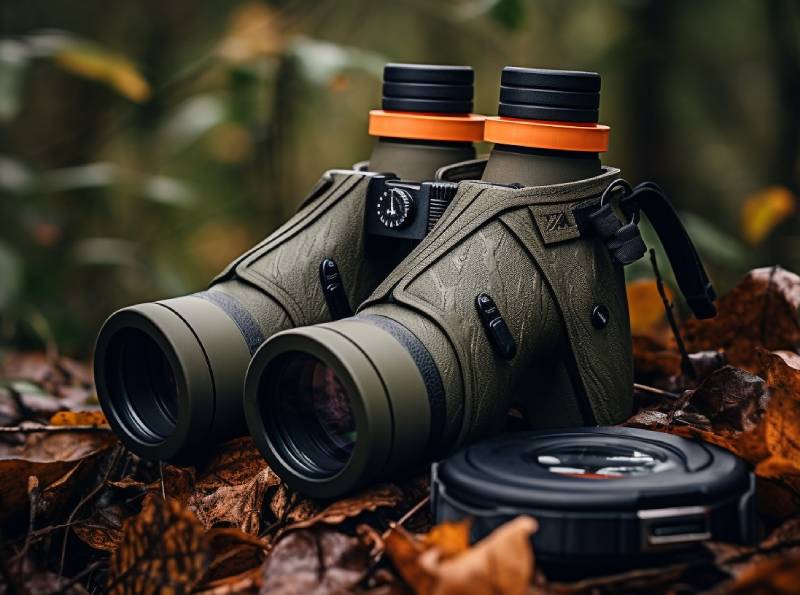But what is a hip belt used for? The hip belt that we find in trekking and outdoor backpacks is designed for 2 main reasons:
1. DISTRIBUTE THE WEIGHT ALONG THE HIPS. When the load of the backpack is particularly heavy, the hip belt plays a fundamental role. If fastened and positioned correctly, it allows you to transfer the weight of the backpack to your hips, relieve your shoulders and prevent back pain.
2. KEEP THE LOAD STABLE. During movements, the backpack tends to swing and this can cause pain. The hip belt stabilizes the load towards the center of gravity of the body (the navel) and thus improves balance.
Most hip belts have pockets to keep at hand small items that could be useful on the go such as phone, GPS, maps, snacks, handkerchiefs. Other models include loops for attaching carabiners or small pouches.
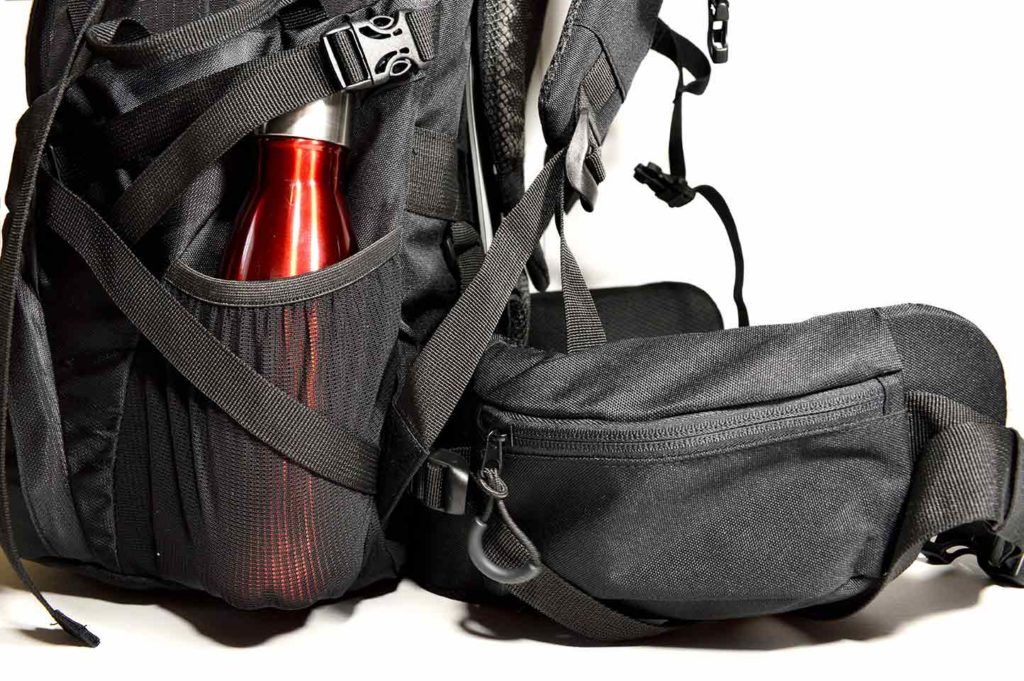
Why is the hip belt a fundamental part in trekking and outdoor backpacks?
Every high-quality outdoor backpack is equipped with a padded lumbar belt. This is a fundamental part that will cushion up to 80-90% of the overall weight of the backpack.
This is one of the reasons why people choose outdoor backpacks non only for outdoor activities but also for travel.
If the load is heavy, only the shoulders cannot hold it, so you need to transfer the weight to the legs which are the strongest part of the body. Weight distribution is the key whether hiking or traveling.
A wide, sturdy and cushioned lumbar belt is always a wise choice.
Now let’s focus on the material of the hip belt. A basic fabric band without padding will keep the backpack close to the back without making it swing but it will not transfer the weight to the hips. A basic fabric band cannot be called a “hip belt”. Always make sure that the belt is sturdy and functional.
The Zurich Institute of Biomechanics carried out a study about the influence of the weight of the backpack and the tension of the lumbar belt on the gait. It showed that the waist belt can stabilize the backpack closer to the body and facilitate a more natural movement.
How to correctly adjust the hip belt?
The correct adjustment of the hip belt is essential and is the first step to follow to adjust the backpack to your body shape.
The ideal position is just above the hips, near the hip bones or above the iliac crests. Once you find the right position, adjust the length and hook the buckles.
If the belt is fastened too tightly, it can hinder movement and cause pain. On the other hand, if it is too wide, the backpack will naturally tend to slide down, straining the shoulders and back.
A tip from experienced hikers: a good hip belt has to be adjustable and comfortable. The length of the belt needs to be shortened or lengthened according to the body shape, the actual needs and the clothing worn.
With a hip belt adapted to your waist circumference and a height-adjusted backrest, your back will immediately feel lighter.
After adjusting the belt, move on to the shoulder straps, the load straps and finally the chest straps, as shown in the photo.
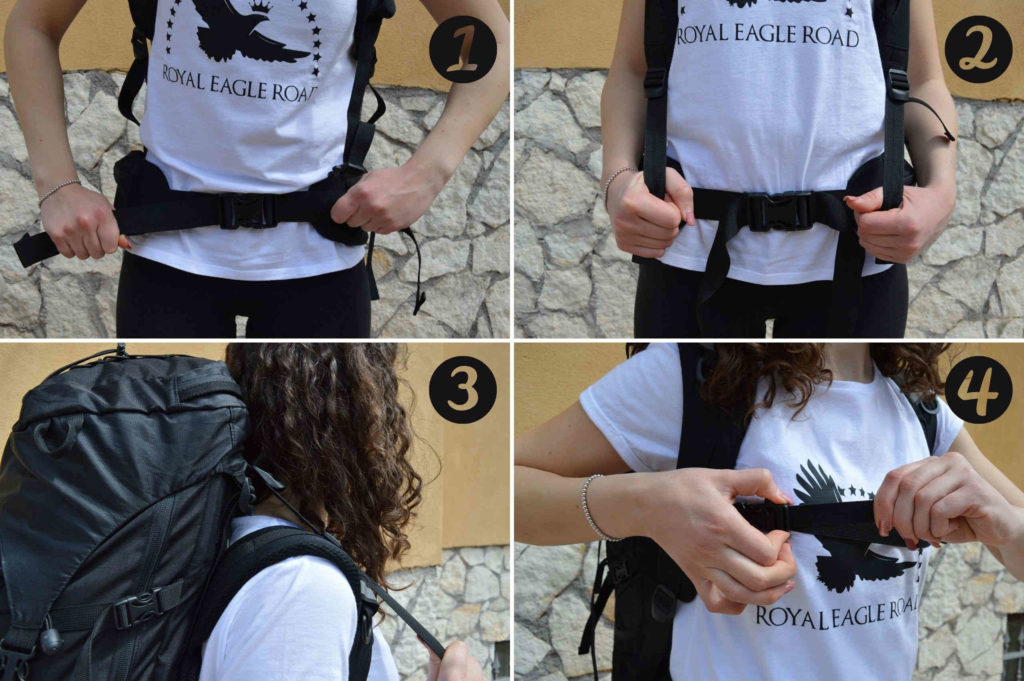
Small backpacks really needs a hip belt?
Small hiking backpacks (generally under 40 liters) often do not have a hip belt as they are designed for day trips and low-effort trekking. We at Royal Eagle Road have also provided a padded waist belt in Brigante 28 liter to make it suitable for various activities: from mountain hikes to bicycle rides, from horseback riding to motorbike trips.
On the waist belt of Brigante 28 liter you will find a zippered pocket on the right and a hook for the carabiner on the left. These additional features often come in handy.
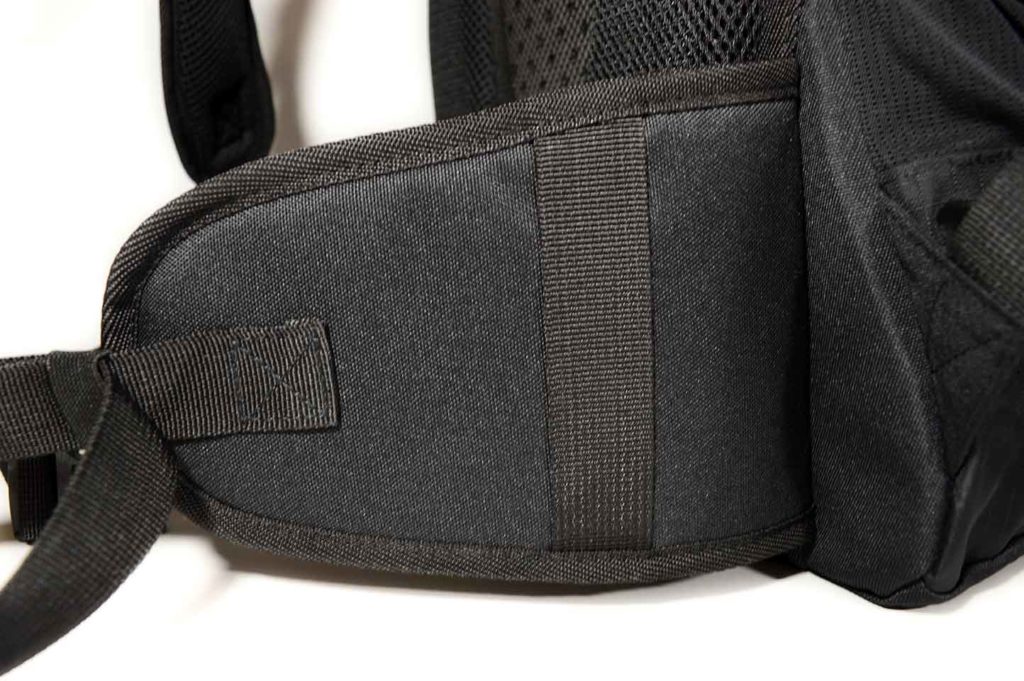
The pockets on the hip belt are essential: it is not always possible to remove the backpack to take the phone, passport or some coins but having them close at hand is much more practical.
It is a bit like having trousers with pockets: it is certainly more comfortable.
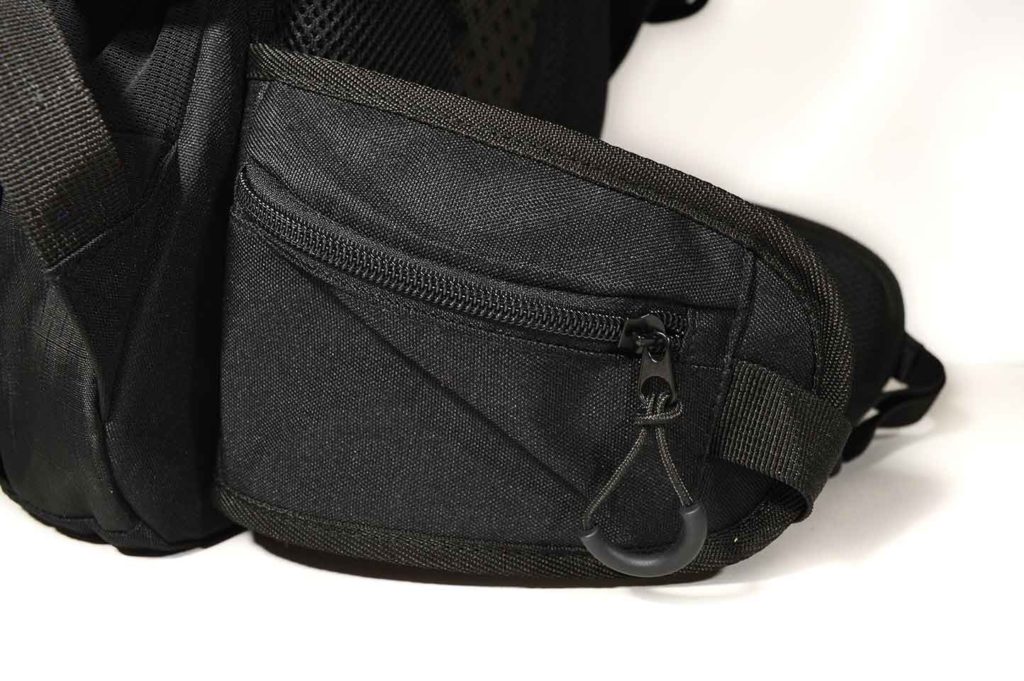
In Santiago 45 liter and Himalaya 65 liter, the hip belt is wider and padded to better cushion the weight and consequently, the pockets are larger. We have made a simple zipper opening with a zip puller for easy access to the pockets (as well as to all compartments) even wearing the gloves.
Find out our outdoor backpack Brigante 28 liter, Santiago 45 liter and Himalaya 65 liter, we ship in Europe!
Posts you may like:

